“Smachna estsi” or a small guide to the Belarusian cuisine Part #1 / «Смачна есцi!», или Небольшой гид по белорусской кухне Часть #1 (featuring @asdes as author)
A guide for foreigners and not only
Пособие для иностранцев и не только
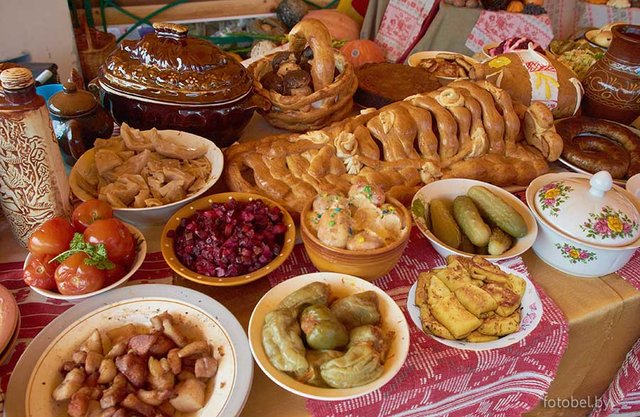
“Smachna estsi!” (“Enjoy your meal!”) – I say in Belarusian and my guests wreathed in smiles. According to a good old Belarusian hospitality tradition the whole taste and flavor of Belarusian cuisine can present any even the most modern Belarusian mistress. It would be nice, of course, to send special good food lovers to Belarusian “veska” (in other words village) for getting experiences and impression so that an experienced “gaspadynya” (a mistress) could feast them with diverse goodies, delicacies and food from the oven. However, in the absence of such an opportunity, we cook Draniki, Mochanku (or Vereshchak with meat) on a kitchen stove. For getting special atmosphere and impression we go to restaurants.
«Смачна есцi!» – желаю я по-белорусски приятного аппетита, и мои гости расплываются в улыбке. Обычно по старой доброй традиции белорусского гостеприимства – весь смак, весь колорит белорусской кухни может представить любая, даже самая современная белорусская хозяйка. Хорошо бы, конечно, за впечатлениями особых гурманов отправить в белорусскую вёску (то бишь деревню), чтобы опытная гаспадыня (хозяюшка) угостила разносолами, да едой из печи. Но за неимением такой возможности, готовим драники, мочанку (или верещаку с мясом) на плите. А за особой атмосферой и впечатлениями отправляемся в рестораны.
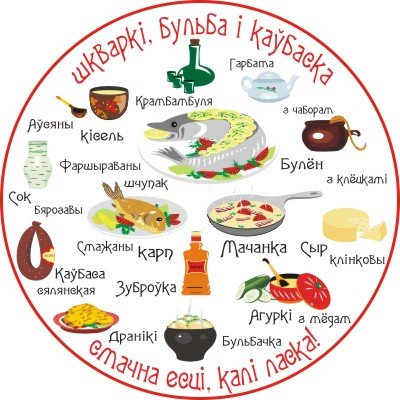
Belarusian peasant cuisine goes into roots of the ancient Russian cuisine of Krivichy and Dregovichi (XIII, XIV centuries) and up to the end of XIX –– the beginning of XX centuries it retains its original features. That is why it is so important to pay attention to some differences. Naturally, neighborhood with Ukraine, Lithuania and Russia made an impact. For this reason, regional differences in the cuisine of, let’s say, peasants from Mogilev and Vitebsk regions differed from western Belarusians from Grodno region. The last-named in its turn has a significant difference from Pinchukov’s or Poleshukov’s cuisine who were Polesie residents, the region least affected by alien influences and trends.
Поскольку крестьянская белорусская кухня ведет свои корни из древнерусской кухни кривичей и дреговичей (к веку так XIII, XIV), и вплоть до к. XIX — н. XX вв. сохраняет свои самобытные черты, то стоит обратить внимание и на некоторые отличия. Естественно, сказалось соседство с Украиной, Литвой и Россией. Посему региональные отличия в кухне, скажем, крестьян из Могилевской и Витебской областей, отличалась от кухни белорусов западных, из Гродненского края. Та же в свою очередь имеет существенное отличие от кухни пинчуков или полешуков – жителей Полесья, региона, наименее затронутого чужеродными веяниями и влияниями.
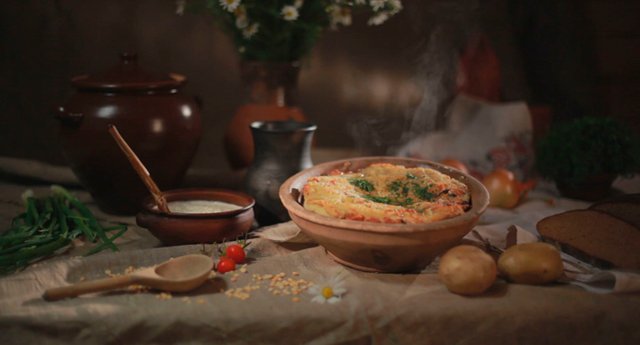
We decide where to go!
Куда пойти, решаем сами!
More than one cookbook had to look through I had to look through to make final conclusions. First of all, guests should be given an opportunity to taste the dishes cooked in the oven (as a variant – wild game on the spit). Secondly, there should be dishes cooked in clay pots (or cast-iron pots). Thirdly, remember that there are national drinks and desserts, and hence, guests should enjoy them as well.
Пришлось полистать не одну поваренную книгу, чтобы сделать несколько выводов. Во-первых, стоит предоставить гостям возможность отведать блюда, приготовленные в печи (вариант – дичь на вертеле). Во-вторых, блюда, приготовленные в глиняных горшочках (или чугунках). В-третьих, вспомнить, что есть национальные напитки и десерты, а следовательно, отведать и их.
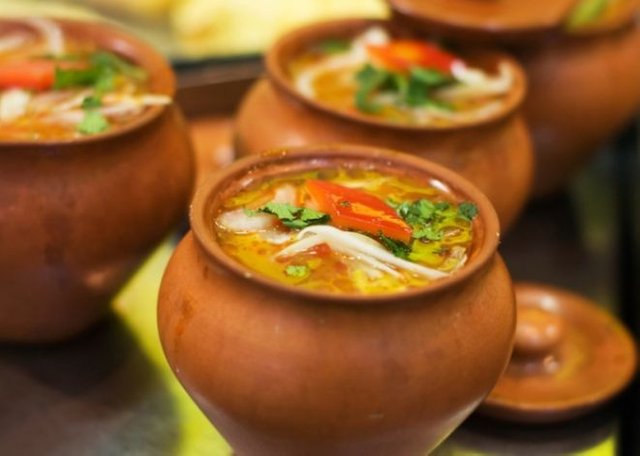
So, until we get to my grandmother in the village, we decide to ask friends and relatives what we should visit. Proceeding from their experiences and advertising tempting ideas, we make a list of places that meet our requirements: Slavonic (preferably Belarusian) cuisine, dishes from the oven and grill, inspiring atmosphere (or flanour, if you want). So, we got the following.
Итак, пока мы доберемся до моей бабушки в деревню, решаем расспросить друзей и родных, куда нам податься. Исходя из их впечатлений и рекламных «завлекалок». Составляем список заведений, соответствующим нашим требованиям: славянская (предпочтительно белорусская) кухня, блюда из печи и гриль, соответствующая атмосфера (или колорит, если хотите). Получилось следующее.
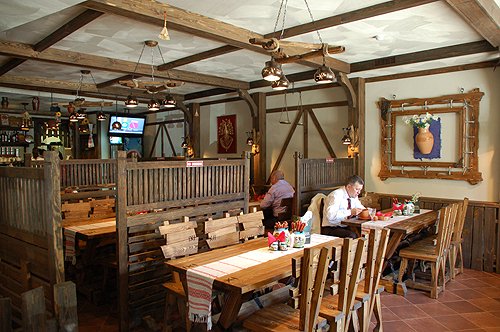
The first was “Shynok u Lyavona” (“Pothouse at Lyavon”) restaurant. It was founded on the 17th March 1976 and was the first brasserie restaurant in the history of Minsk city. Good old-fashioned Shynok almost immediately became popular among Minsk residents and their guests. Not less racy name and the interior of old castle with the heat going from the fireplace – “U Francesco” (“At Francesco”). And the very thing that we need – dishes from the oven, delicious and hot are at “Traktir na Parkovoj” (“Restaurant in Park”). This is the very place for joining the national traditions. Next on the list was a restaurant-brewery “Rakowski Brovar” where ancient spirit was kept. Then the list was filled up with advice of forum members who paid our attention to such places as “Myasnoy Smack” (“Meat Gust”), restaurants “Talaka”, “Bulbyanaya” and “Kamyanitsa”. And if you have a car and time, you can go 30 km out of the city to restaurant Guest House Hotel "Vesta" and a new cafe “Grill Beer at Sadovaya, 20” where you can also relax from the city bustle. If truth be told, there were different feedbacks about each restaurant. At some places somebody didn’t like cuisine, somewhere servicing was not appropriate… However, focusing on racy things - from name to cuisine, exactly the above-mentioned places filled up our list for the future. So we hope that the question “where to take guests” we have just addressed.
Первым был ресторан "Шынок у Лявона". Основанный 17 марта 1976 г., он был первым в истории города Минска пивным рестораном. Да и популярность среди минчан и их гостей обрел старый добрый шынок практически мгновенно. Не менее колоритное название и интерьер старинного замка, с теплом, исходящим от камина, «У Франциска». А вот то, что нам надо – блюда из печи – вкусны да горячи – в «Трактире на Парковой» – то, что надо, чтобы приобщиться к национальным традициям. Следующим в списке был ресторан-пивоварня «Раковский Бровар», где сохранился старинный дух. Далее список пополнили советы «форумчан», обращавших наше внимание на такие заведения, как «Мясной Смак», рестораны «Талака», «Бульбяная» и «Камянiца». А вот, если есть машина и время, то можно податься за 30 км за город, в ресторан Гостевого дома гостиницы «Веста» и новое кафе «Гриль-пиво на Садовой, 20», здесь, заодно, и от городской суеты отдохнуть можно. Разные, справедливости ради, надо сказать, были отзывы о каждом ресторане. Кому-то кухня не пришлась где-то по вкусу, где-то обслуживание подвело… Но тем не менее, по колориту – от названия до кухни, именно вышеназванные заведения пополнили наш список на будущее. И очень хочется надеяться, что с вопросом, куда повести гостей, мы уже определились.
What Belarus tastes?
Какая она на вкус, Беларусь?
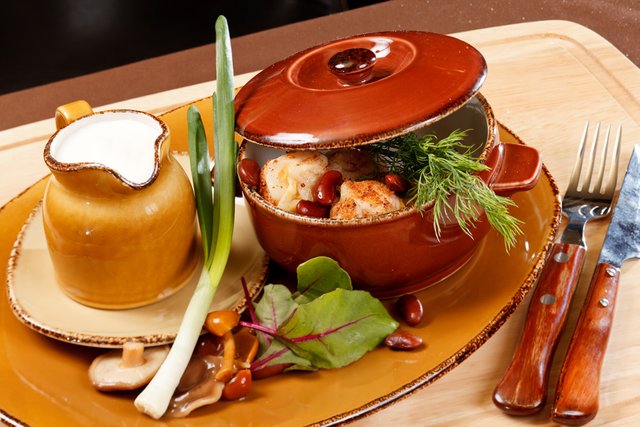
It is one thing to choose a restaurant but it’s totally another to know what to order so that you could fully taste, enjoy and assess the national culinary tradition. What Belarus tastes? Most people would say “bulbyanaya” (in other words potato) and they will be right. Let’s remind time-honoured Belarusian proverb “As there are no fish taste better than tench, so no meat is better than pork”! Therefore, one of the first dishes that we are going to remind is “Verashchaka” (“Vereshaka”). It is cooked from spare ribs in kvass (mildly alcoholic drink made from fermented rye bread, yeast or berries). It is one of the most original recipes. This dish is served with pancakes. “Mochanka” that is cooked using bacon, eggs and milk (something like omelet) is also culinary discovery of Belarusians. You can also order sirloin and vantrobyanka, homemade sausages (in the gut) or blood sausage (though Christian tradition considers its eating as a sin).
Одно дело выбрать ресторан, другое, знать, что заказывать, чтобы в полной мере почувствовать, попробовать и оценить национальную кулинарную традицию. Какая она на вкус, Беларусь? Бульбяная, скажут многие. И не ошибутся. А ну как мы вспомним старую добрую белорусскую поговорку: «Як няма рыбы смачней лининки, дак няма м'яса добрей свининки»?! И одно из первых блюд, которое мы вспомним в связи с этим, станет «Верашчака» (верещака). Готовится из ребрышек на квасу (это один из самых оригинальных рецептов). Подают это блюдо к блинам. Наряду с «мочанкой», которая готовится при помощи сала, яиц и молока (нечто наподобие омлета) – тоже кулинарная находка белорусов. Можно заказать полендвицу и вантробянку, домашние колбаски (в кишке) или кровяную колбасу (хотя христианская традиция считает ее употребление грехом).
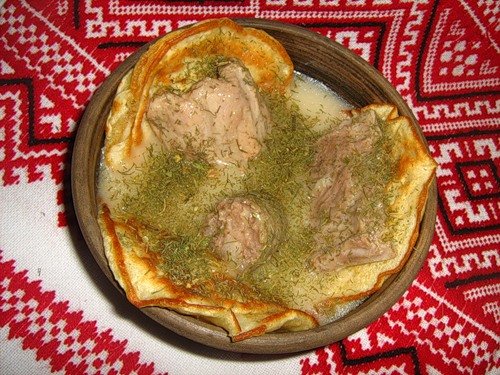
What’s more you should try is “Sviekolnik” (Beet-root soap) – a cold soup. In hot weather it’s just a discovery for tired and hungry travelers. By the way, it’s considered that cold soups are exclusively Belarusian tradition in cooking. Beet-root soap is made of boiled young beetroot (together with leafstalks which should be cut into small pieces). Fresh cucumbers cut into cubes (without skin), chopped radishes, eggs, green onions and dill are added into cooled “bouillon”. Kvass, salt, sugar to taste are added as well. It is served with sour cream.
Что еще стоит отведать, так это «Свекольник» – холодный супец. В жаркую погоду – просто находка для уставших и проголодавшихся путешественников. Кстати, считается, что холодные супы – это исключительно белорусская традиция в кулинарии. Приготавливается свекольник из сваренной молодой свеклы (вместе с черешками, которые следует мелко нарезать). В остывший «бульон» добавляют свежие огурцы (без кожуры) кубиками, накрошенные редис, яйца, зеленый лук и укроп. Добавляют также квас, соль, сахар по вкусу. Подают со сметаной.
http://www.funlib.ru/cimg/2014/101905/4137560
Belarusian cuisine is simple. There are no Eastern spicery that is in the Indian or Arab tradition. Nevertheless, it has its own delicacy. So called prismaki (in other words additions) give flavor to the dish. They emphasize it making it more unusual. The most popular spices in Belarus are onion, garlic, cumin, dill, black pepper, bay leaves as well as coriander seeds. These are the very spices that give meat, fish and mushrooms such unique taste. Though talking about mushrooms they are more often served as a ‘zakrasa” (in other words, addition). Until early XX century the Belarusian people did not know the methods of salting and marinating mushrooms and on the whole did not consume them as a separate dish. Dairy products like cottage cheese, sour cream, butter and whey were also used as “zakras”, “zabielok” and “volg”. They were added into many dished made if flour, potatoes, vegetables and mushrooms.
Белорусская кухня простая. Нет в ней той восточной пряности, которая есть в индийской или арабской традиции. Но свои тонкости есть и здесь. Аромат блюду придают присмаки, они оттеняют его, делая более своеобразным. А в Беларуси из пряностей наиболее популярны лук и чеснок, тмин и укроп, черный перец и лавровый лист, а также семена кориандра. Именно они придают мясцу, рыбе или грибам тот неповторимый вкус. Хотя, что касается грибов, их скорее тоже используют в качестве «закрасы» (добавки). Белорусы вплоть до начала XX в. не знали способов маринования и засола грибов и вообще не употребляли их в качестве самостоятельного блюда. В качестве «закрас», «забелок» и «волог» использовали и молочные продукты (творог, сметану, масло и сыворотку). Их добавляли во многие блюда из муки, картофеля, овощей и грибов.
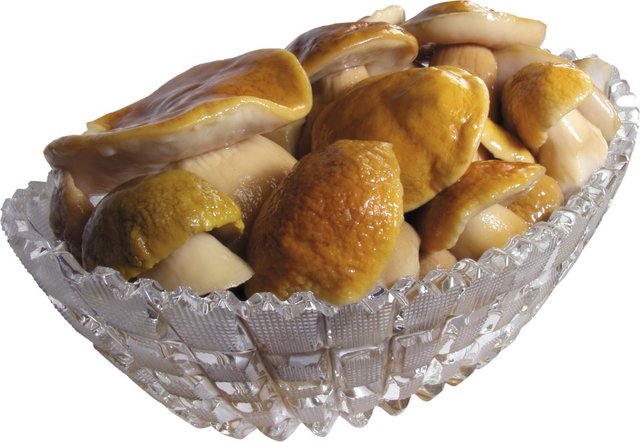
“Draniki” is another dish that you should try. It made of grated potatoes and as usual is served with sour cream. To make the dish a bit different minced meat or mushrooms are added and here we have so called “Kolduny”, a separate hearty delicacy. Though, some time ago absolutely another dish was called as “Kolduny”. Among dishes made of grated fresh potatoes you should certainly try “Babka”, a baked dish, and “Kletski” and “Tsapieliny” (with meat filling) as well.
«Драники» – следующее блюдо, которое стоит отведать. Готовят их из тертого картофеля. Подают со сметаной. А чтобы разнообразить блюдо – добавляют фарш из мяса или грибов, получаются уже «Колдуны», самостоятельное сытное лакомство, хотя раньше колдунами называли совсем другое блюдо. Среди блюд, приготовленных из тертого сырого картофеля, непременно попробуйте «Бабку». Это запеченное блюдо. А также клецки и цеппелины (с мясной начинкой).
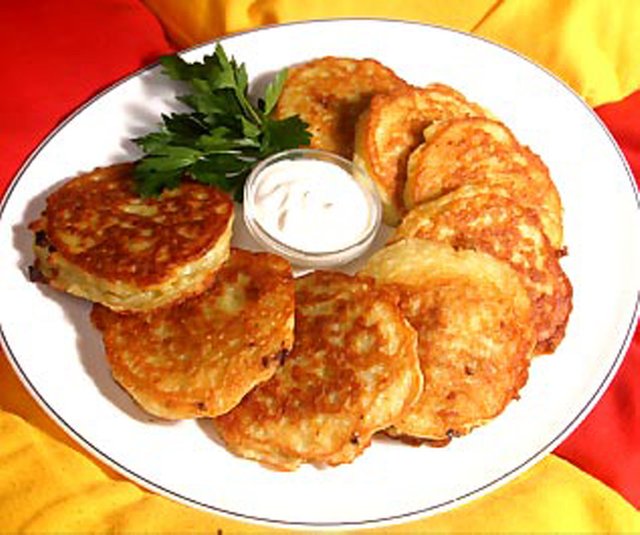
Picture sourse
To be continued
If you like this article not follow only me, but also follow the author - @asdes
All STEEM Dollars for this post go to the featured author. Все SD за пост получит автор.
Extraordinary
Thanks ) Part # 2 will be with interesting recipes.
Not everything looks delicious to me, but it may taste really good, that i cannot dispute :-)
It is necessary to try all the same!
It makes my mouth water...yumm
)))
beautiful pics, looks amazing
Belarusian cuisine. Please visit)